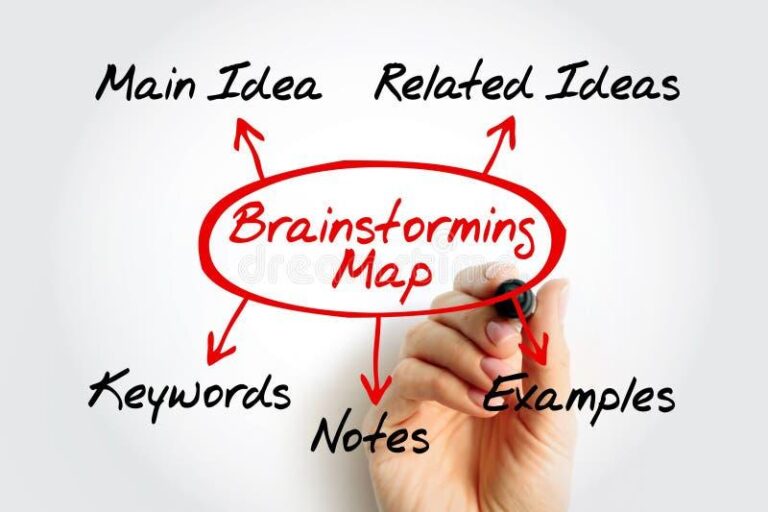Unveiling the Reality Behind Viral Videos of Nile River Dam Projects
In recent times, social media has been inundated with videos purportedly showcasing Ethiopia’s monumental dam project on the Nile River. However, a thorough investigation by AFP Fact Check reveals that many of these viral clips actually depict dam constructions from countries like South Africa and Brazil-not Ethiopia’s Grand Ethiopian Renaissance Dam (GERD). This widespread misinformation not only clouds public perception but also complicates an already sensitive geopolitical issue involving water resource management in the Nile Basin. As tensions rise among Ethiopia, Egypt, and Sudan over water rights, it is crucial to separate fact from fiction to enable informed discussions.
Correcting Misleading Visuals Linked to Ethiopia’s Nile Dam Initiative
Over recent weeks, numerous online videos have circulated claiming to show progress on the GERD. Yet detailed fact-checking confirms that much of this footage originates from unrelated dams in other parts of the world-specifically South Africa and Brazil. Such misrepresentations distort understanding about the actual scale and environmental implications of Ethiopia’s project. Given that GERD plays a pivotal role in regional diplomacy due to its potential impact on downstream nations’ water supply, inaccurate portrayals risk exacerbating misunderstandings between involved parties.
The surge in misleading content highlights an urgent need for critical evaluation when consuming digital media related to large infrastructure projects affecting millions across borders. Distinguishing verified facts from erroneous or speculative claims is essential not only for public awareness but also for preserving constructive international relations. Media organizations and stakeholders must emphasize accuracy by disseminating authentic updates about Ethiopian dam developments while fostering evidence-based conversations grounded in credible data.
The Ramifications of Disseminating Inaccurate Environmental Information
AFP’s fact-check underscores how false narratives surrounding environmental projects can erode trust among citizens and hinder effective policymaking concerning initiatives like GERD. The circulation of incorrect visuals falsely attributed to Ethiopia generates confusion extending beyond mere misinformation-it threatens meaningful dialogue around sustainable water governance within one of Africa’s most geopolitically sensitive regions.
Key consequences include:
- Erosion of Public Trust: Exposure to conflicting or fabricated imagery regarding ecological projects diminishes confidence in news sources and may foster skepticism toward legitimate environmental concerns.
- Policy Errors: Policymakers rely heavily on accurate information; distorted narratives can lead governments toward misguided decisions that fail to address real challenges effectively.
- Heightened Diplomatic Strains: Given the fragile nature of transboundary water agreements under frameworks like the Nile Basin Initiative-which involves multiple countries-the spread of false information risks intensifying diplomatic tensions.
Recognizing these impacts reinforces why responsible communication is vital when reporting on international infrastructure efforts closely tied with natural resource management.
Guidelines for Credible Reporting on Global Water Infrastructure Developments
Delivering factual coverage about cross-border water projects requires meticulous source validation combined with contextual insight into each initiative’s distinct environment. Journalists and content creators should implement comprehensive verification strategies such as:
- Engaging with a broad spectrum of authoritative sources including local government bodies, independent researchers, hydrologists , and regional experts familiar with ongoing developments.
- Utilizing advanced technologies such as satellite imagery analysis or Geographic Information Systems (GIS) tools helps authenticate claims related to specific infrastructures-for instance, dams or irrigation systems.
- Keeping updated with evolving international treaties governing shared waterways-including agreements relevant for conflict resolution within river basins affected by crises such as displacement events.
Presenting intricate data through clear visual formats enhances comprehension among audiences unfamiliar with technical jargon. Below is a summary table highlighting key details about notable dam projects worldwide:
| Dams & Projects | Nation | Status (as of 2024) | Total Investment (USD Million) |
|---|---|---|---|
| Grand Ethiopian Renaissance Dam (GERD) | Ethiopia | Under Construction | $4,800+ |
| Mvubu Hydropower Facility┬Ā ┬Ā | South Africa ┬Ā | Operational ┬Ā | $1 ,350 ┬Ā┬Ā┬Ā┬Ā< / tr > |
| Pindorama Water Resource Project | Brazil | Planning Stage | N/A
< / tr > ┬Ā┬Ā┬Ā ┬Ā┬Ā┬Ā |







